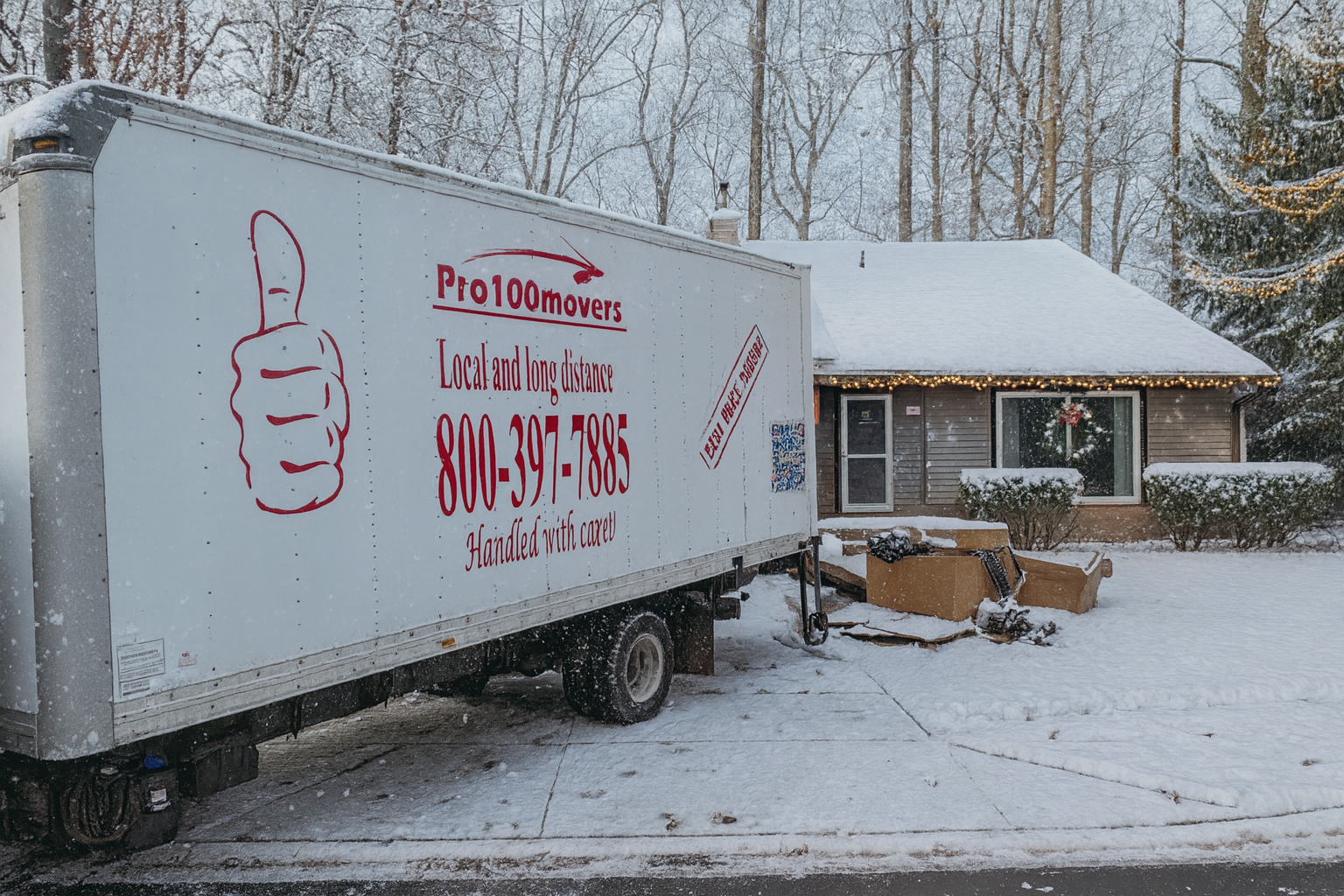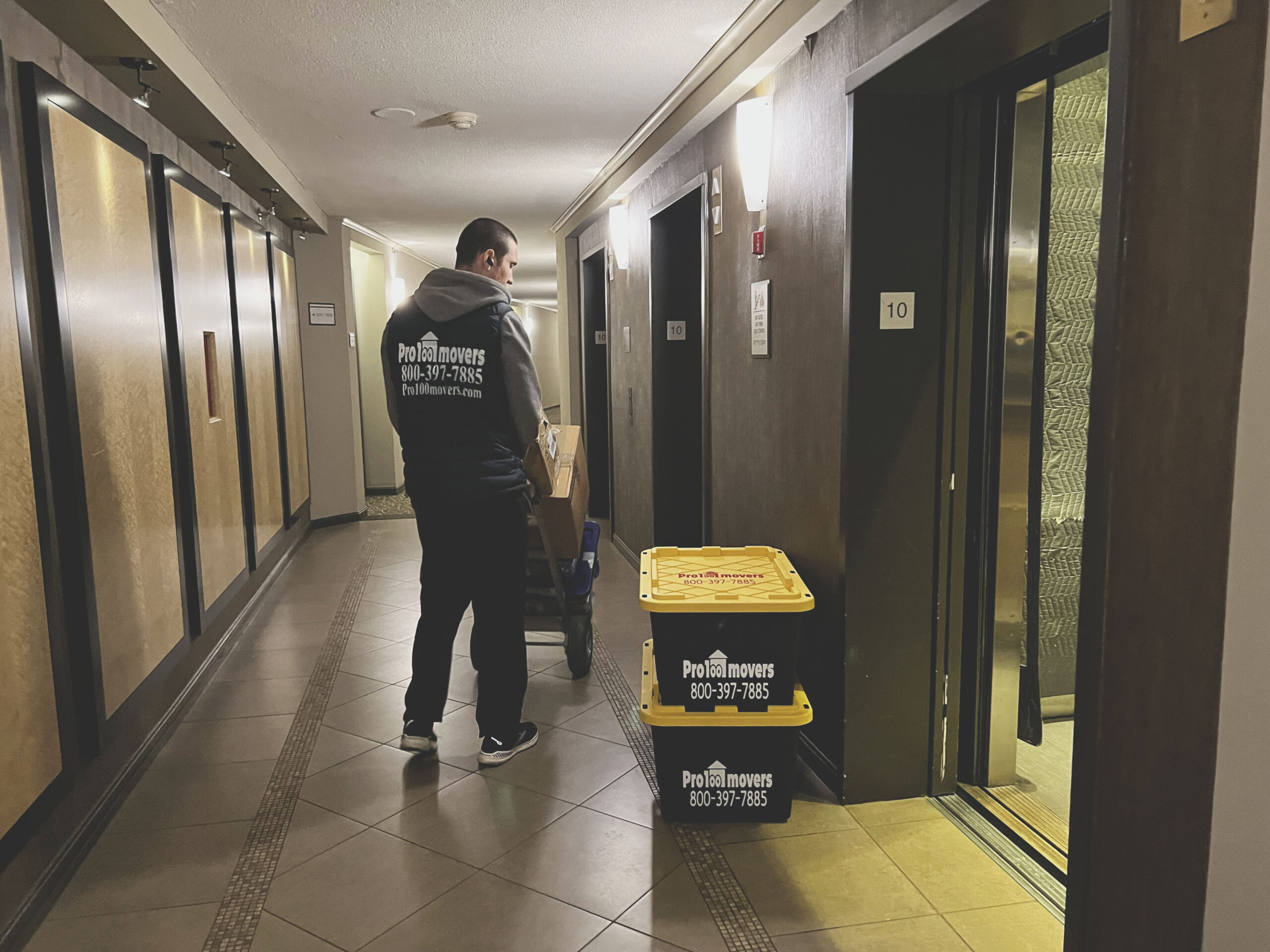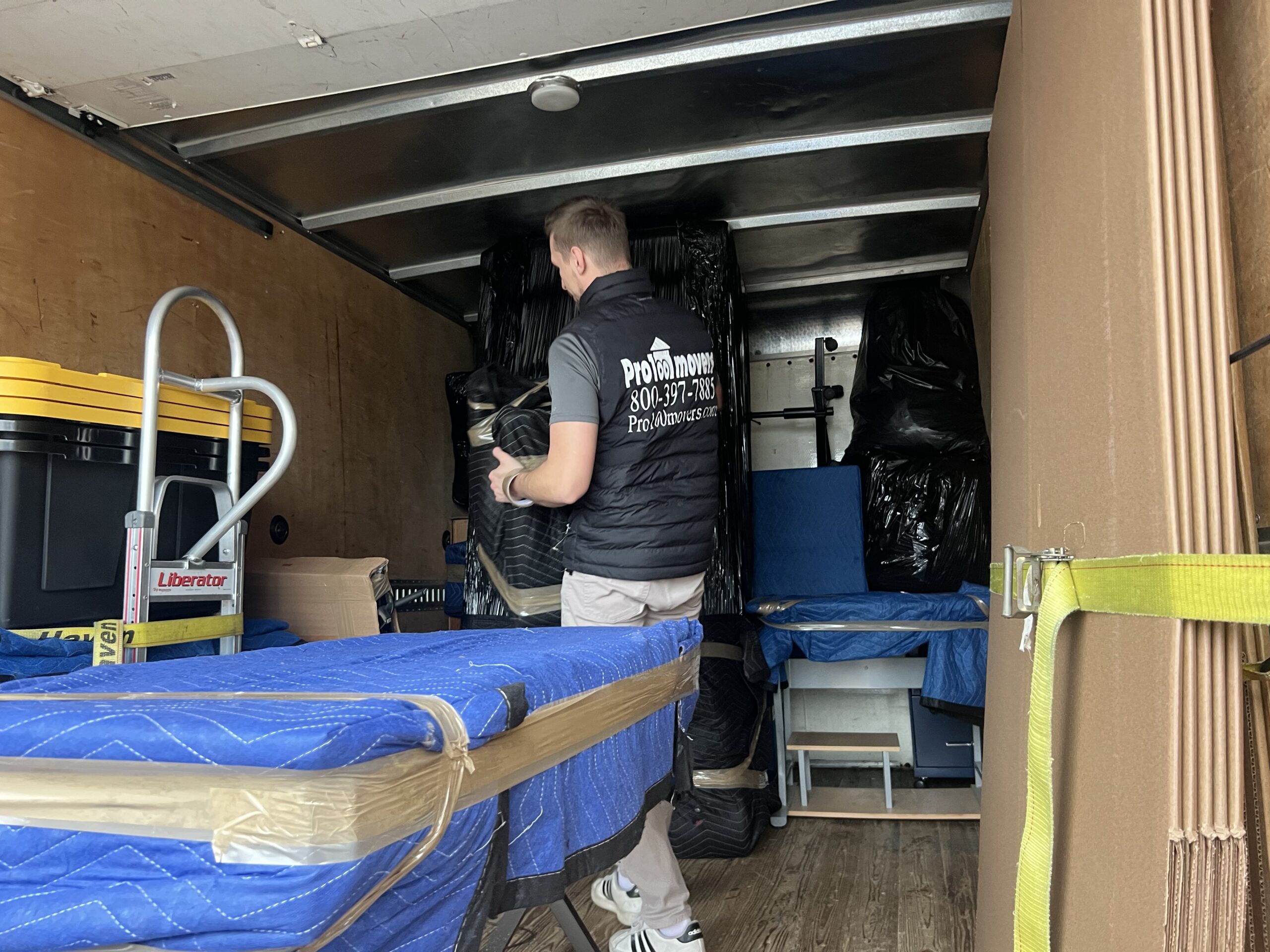Winter brings cozy nights, warm blankets — and unexpected humidity problems. Cold air mixed with indoor heat can create moisture that damages your furniture, clothes, and electronics. Learning how to protect belongings from moisture in winter is key to keeping everything safe, whether you’re storing items or planning a move.
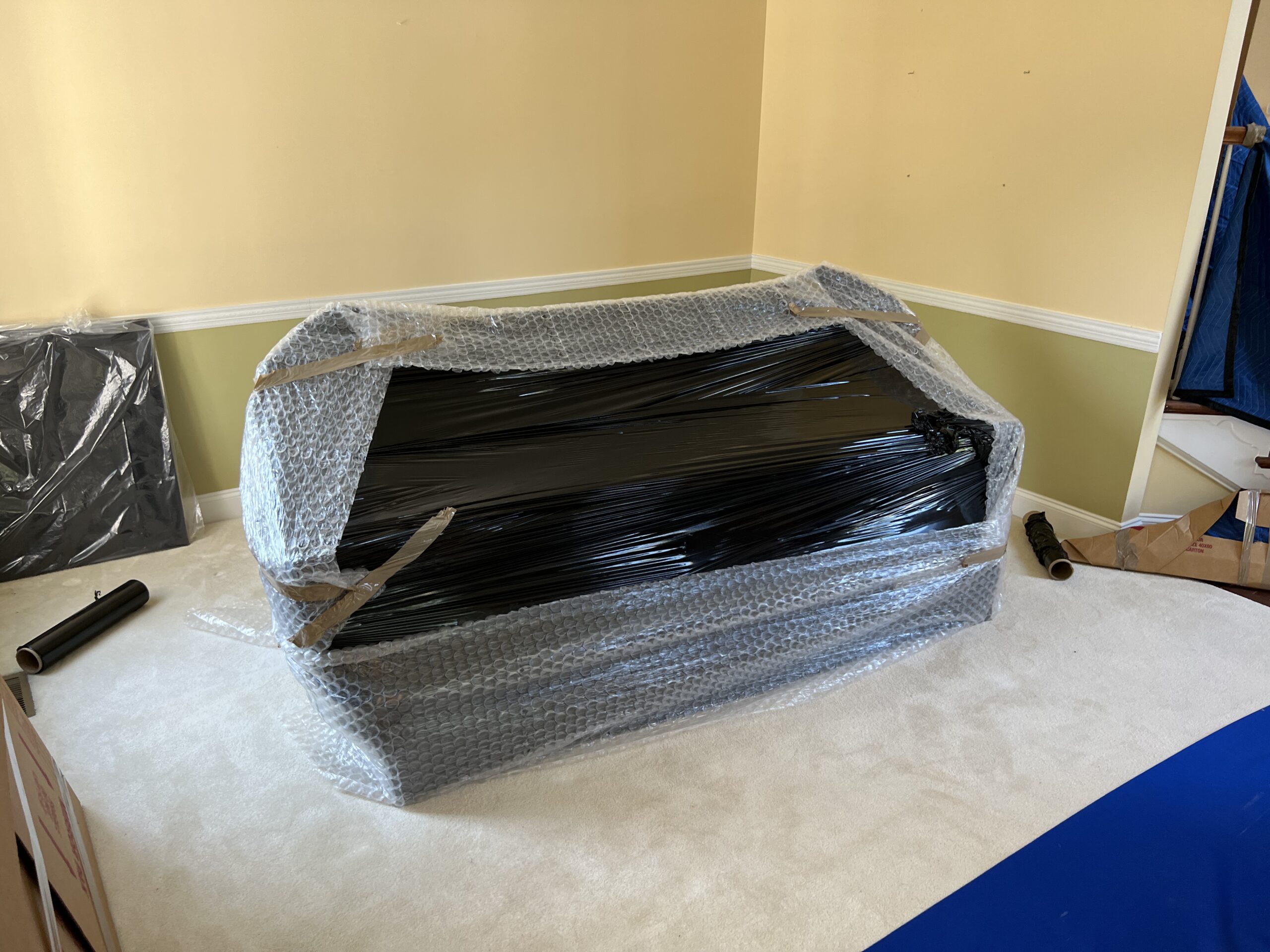
Why Moisture Becomes a Winter Problem
As temperatures drop, condensation forms on surfaces — especially in basements, garages, or storage units. This hidden moisture can cause mold, rust, and warping. Luckily, preventing moisture damage during winter storage isn’t difficult once you know the right steps.
Step 1: Choose a Climate-Controlled Storage Option
Start with the right environment. A climate-controlled unit maintains consistent humidity and temperature levels, protecting your belongings all season long. If you want extra peace of mind, try a professional Storage service Tysons VA — their facilities are designed specifically to prevent moisture-related damage.
Step 2: Use Smart Packing Materials
Cardboard boxes absorb humidity like a sponge. Switch to plastic bins with tight lids and add moisture absorbers or silica gel packs. Wrap artwork, electronics, and documents in bubble wrap or plastic film to protect electronics from moisture during a move or during storage.
Step 3: Keep Furniture Safe from Humidity
Wooden furniture can warp or crack when exposed to damp air. Apply a layer of wax or polish to seal surfaces, then cover pieces with breathable blankets. Elevate them slightly on pallets or blocks to keep furniture safe from humidity in winter and maintain airflow underneath.
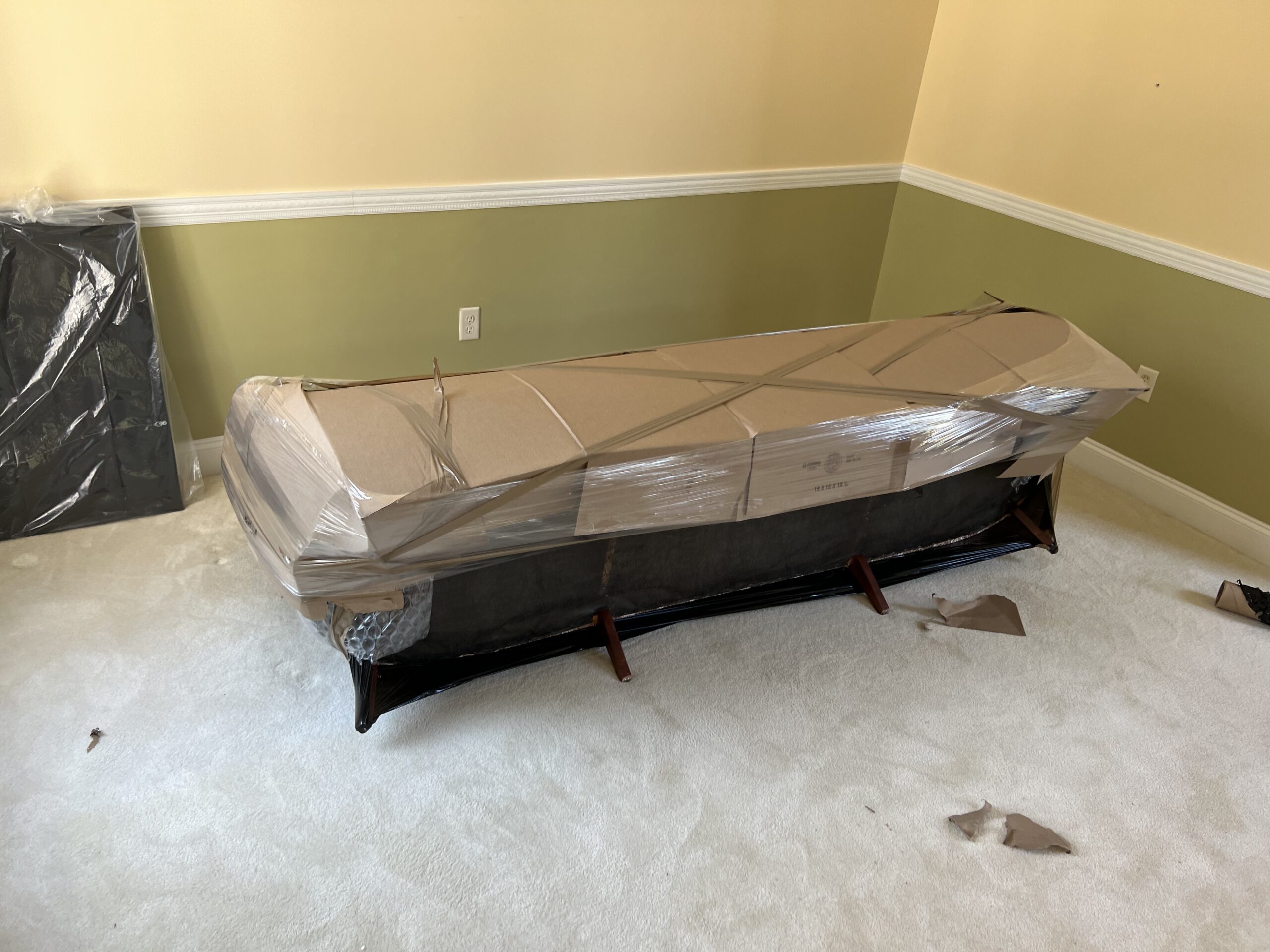
Step 4: Avoid Mold During Cold Storage
Mold loves cold, still air. To avoid mold when storing items in cold weather, make sure everything is completely dry before packing. Leave a little space between boxes, don’t push them directly against walls, and open your storage occasionally for ventilation.
Step 5: Protect Your Items During a Winter Move
Snow and freezing rain can cause just as much moisture damage during a move as during storage. If you’re relocating this season, consider hiring experts in Local moving Tysons VA — they use protective wrapping and waterproof materials to ensure your belongings stay dry from door to door.
Conclusion
Moisture can sneak up on even the most careful homeowner — but with a few smart steps, you can keep your belongings safe all winter long. From proper packing materials to professional storage, every detail matters. Stay worry-free this season with Pro100Movers — the team that keeps your items dry, secure, and perfectly protected.
FAQ: Protecting Belongings from Moisture in Winter
1. Why does moisture increase during winter?
Cold temperatures cause condensation on indoor surfaces, especially when heated air meets cold walls, leading to dampness and humidity buildup.
2. What’s the best way to prevent mold in winter storage?
Keep all items dry before storage, ensure airflow between boxes, and consider using silica gel packs or dehumidifiers to reduce humidity.
3. Can wooden furniture be stored safely during winter?
Yes, if you wax or polish surfaces to seal them and keep the furniture slightly elevated to prevent contact with cold, damp floors.
4. How can I protect electronics during a winter move?
Wrap electronics in bubble wrap or sealed plastic covers and avoid exposing them to cold air for long periods to prevent condensation damage.
5. Is professional storage worth it for winter months?
Absolutely. Climate-controlled facilities maintain ideal humidity and temperature levels, offering the best protection for valuables in winter.
Quick Tips to Prevent Moisture Damage
| Tip | Why It Helps |
|---|---|
| Use plastic bins instead of cardboard | Plastic keeps out moisture and protects from leaks. |
| Add silica gel packs | They absorb humidity and reduce mold risk. |
| Elevate furniture off the floor | Prevents water damage from condensation or leaks. |
| Check storage regularly | Helps you spot early signs of moisture or mold. |
| Use climate-controlled storage | Keeps a stable temperature and humidity year-round. |
Helpful Tips for Moving Families
| Task | Tip | When to Do it |
|---|---|---|
| Use original packaging | Best fit and shock absorption | 1–2 weeks before move |
| Wrap with anti-static material | Prevents static and overheating | During packing |
| Label all electronics boxes | Use “Fragile” and “This Side Up” labels | During packing |
| Use climate-controlled transport | Protects from heat during transit | Moving day |
| Allow devices to cool before plugging in | Prevents condensation damage | After unloading |
